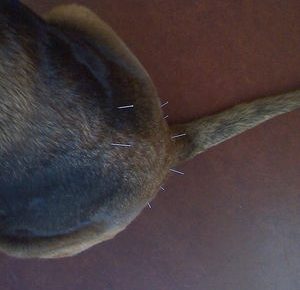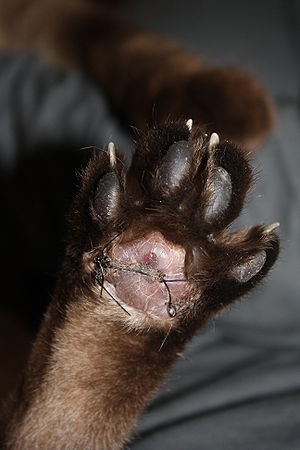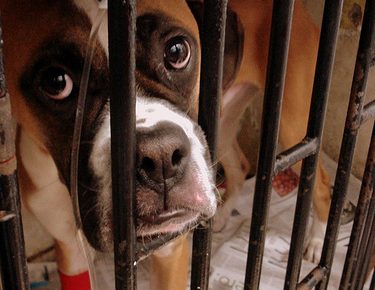Thrombocytopenia can affect both dogs and cats. It occurs when the blood platelet count is very low. Platelets are fragments of special cells that work to see that blood clots properly. If the platelet count is too low, bruising and bleeding occur.
Thrombocytopenia can have several causes – low platelet production by bone marrow, increased use due to clotting needs, immune-mediated destruction of platelets (IMT), tick-borne diseases such as ehrlichiosis, other diseases such as leukemia, lymphoma, anemia, cancer (hemangiosarcoma), certain medications, torsion or enlargement of the spleen and more.
Symptoms of the presence of thrombocytopenia can be fever, excessive coughing, appetite loss, lethargy and weakness, spontaneous bruising especially on the abdomen and groin area, nosebleeds, bleeding gums, hemorrhages in the eyes, blood in urine, blood in stools, excessive bleeding from an injury or surgery.
Diagnosis includes a complete medical history particularly when symptoms appeared and if other diseases are present. A complete CBC (blood count) and platelet count is performed along with tests for blood clotting. Urinalysis and chemistry panel, x-rays, ultrasound and possibly a bone marrow aspirate are taken to determine the cause of thrombocytopenia.
Treatment depends on the cause as different conditions require different medications. A blood transfusion may be necessary.
Prognosis for dogs with thrombocytopenia depends on the cause and the severity. Even with treatment, relapses are fairly common and the pet may need medication for life.
Thrombocytopenia can be life-threatening and it is very important to contact your vet as soon as possible if you suspect a problem. Some vets recommend that the pet undergoes reduced physical activity and the removal of hard food from the diet to prevent bleeding gums.



